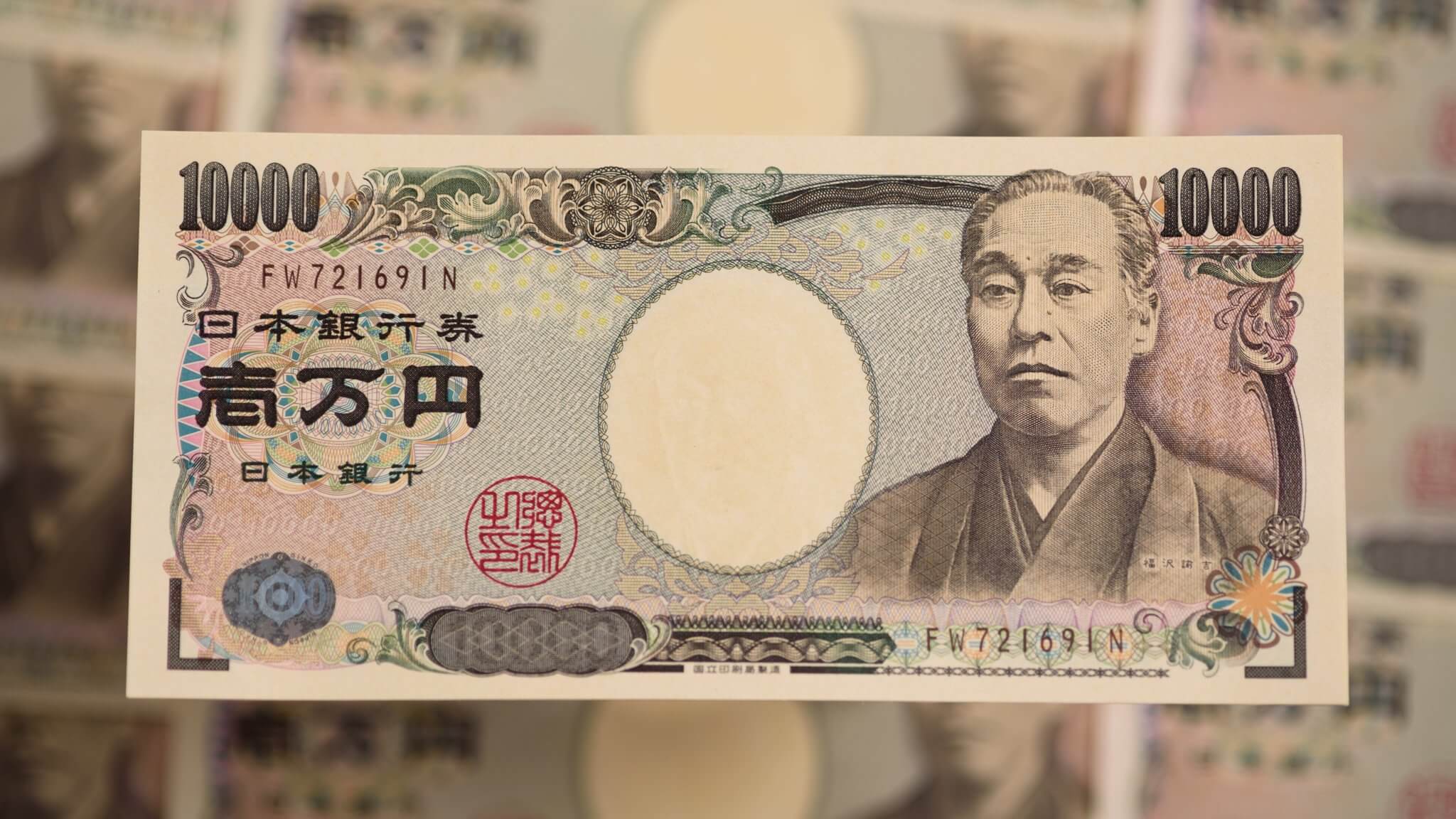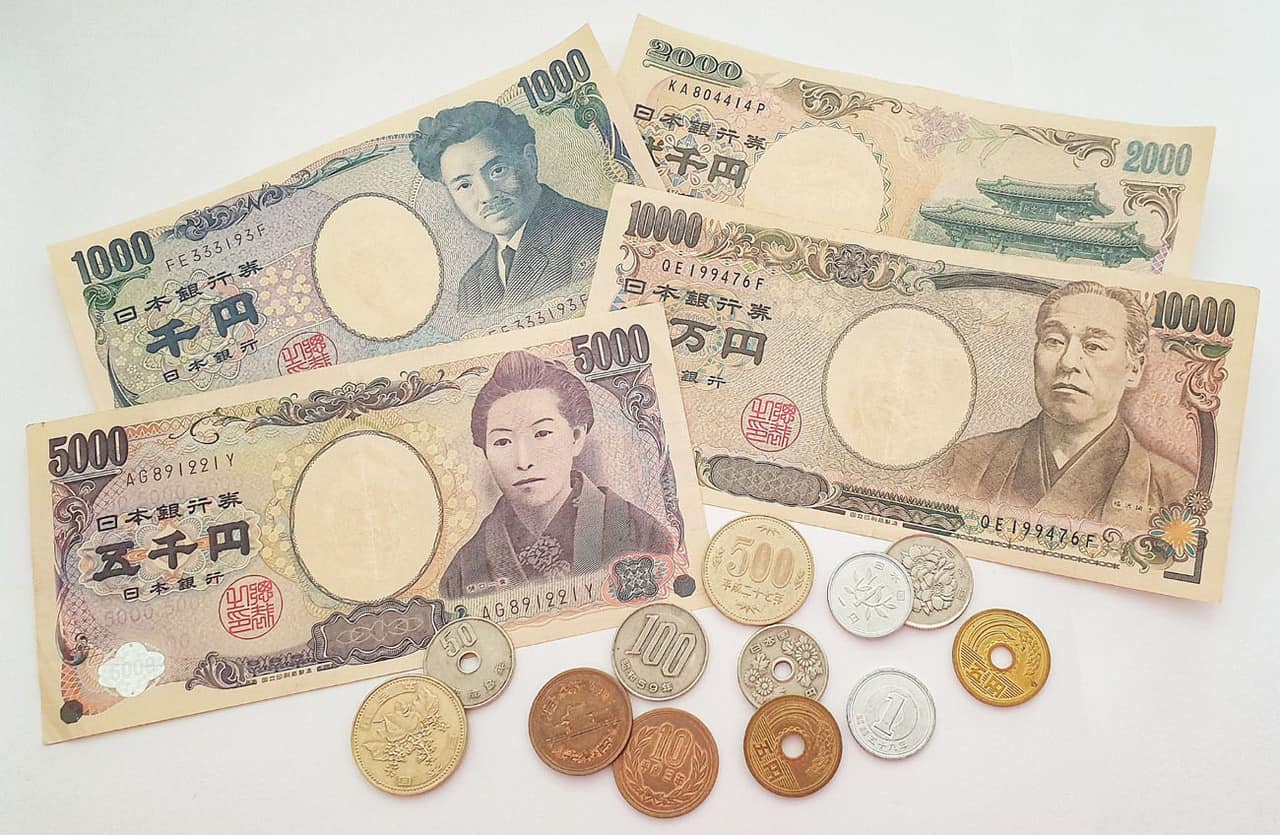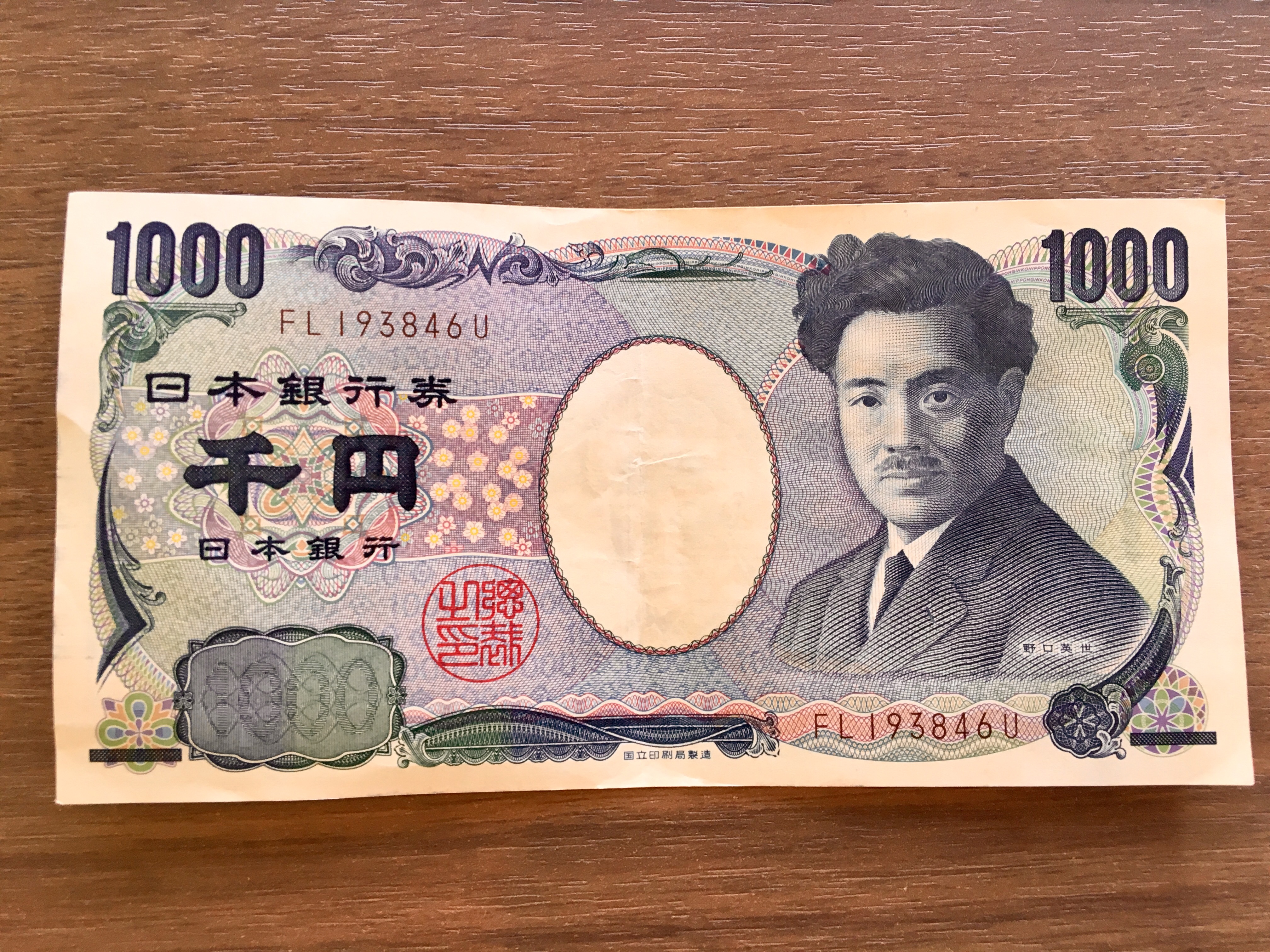In the realm of global currencies, the Japanese yen stands tall, captivating the attention of investors and economists alike. With its historical significance and enduring stability, the yen has played a pivotal role in shaping the global financial landscape. As we delve into the intricacies of this esteemed currency, we invite you on an enlightening journey, exploring its economic underpinnings, market dynamics, and future prospects.
The Japanese yen, denoted by the symbol ¥, is the official currency of Japan. It is the third most traded currency in the world, after the US dollar and the euro. The yen has a long and rich history, dating back to the 19th century. It has weathered economic storms and political upheavals, emerging as a symbol of Japan’s economic resilience.
Currency Overview
The Japanese yen is the third most traded currency in the world, after the US dollar and the euro. It is also a major reserve currency, held by central banks around the world. The yen has a long history of stability and has been pegged to the US dollar for most of the post-war period.
The yen’s stability has made it a popular currency for investors seeking a safe haven during times of market volatility. However, in recent years, the yen has been under pressure due to Japan’s economic weakness and the Bank of Japan’s ultra-loose monetary policy.
Historical Significance and Stability
The yen was first introduced in 1871 as part of Japan’s modernization efforts. It was initially pegged to the silver standard, but was later pegged to the gold standard in 1897. The yen remained pegged to gold until 1931, when it was devalued due to the Great Depression.
After World War II, the yen was pegged to the US dollar at a rate of 360 yen to the dollar. This peg remained in place until 1971, when the US dollar was devalued. The yen was then allowed to float freely, and has since traded in a range of 80 to 130 yen to the dollar.
Relationship to Other Major Currencies, Japanese yen
The yen is closely correlated to the US dollar, as the two currencies are the most traded in the world. The yen also has a strong relationship with the euro, as the eurozone is Japan’s largest trading partner.
The yen’s relationship with other major currencies is often affected by global economic conditions. For example, during periods of economic uncertainty, investors tend to flock to the yen as a safe haven currency. This can lead to the yen appreciating against other currencies.
Economic Factors
The economic health of Japan has a significant influence on the value of the yen. Factors such as economic growth, interest rates, inflation, trade balance, foreign direct investment, fiscal policy, and stock market performance all play a role in determining the exchange rate of the yen against other currencies.
When the Japanese economy is growing, the demand for yen tends to increase, as investors and businesses seek to invest in the country. This increased demand leads to a higher value for the yen.
Interest Rates
Interest rates are another important factor that affects the yen’s exchange rate. Higher interest rates in Japan make the yen more attractive to investors, as they can earn a higher return on their investments in Japan. This increased demand for yen leads to a higher value for the yen.
Inflation
Inflation can also impact the yen’s value. When inflation is high in Japan, the purchasing power of the yen decreases, making it less valuable compared to other currencies. This can lead to a lower value for the yen.
Trade Balance
Japan’s trade balance also plays a role in determining the value of the yen. When Japan exports more goods and services than it imports, it creates a trade surplus, which leads to an increased demand for yen. This increased demand leads to a higher value for the yen.
Foreign Direct Investment
Foreign direct investment (FDI) can also influence the yen’s value. When foreign investors invest in Japan, they exchange their currencies for yen, which increases the demand for yen and leads to a higher value for the yen.
Fiscal Policy
The fiscal policy of the Japanese government can also impact the yen’s exchange rate. When the government implements expansionary fiscal policies, such as increasing spending or cutting taxes, it can lead to an increase in the money supply and inflation, which can weaken the yen.
Stock Market Performance
The performance of the Japanese stock market can also affect the yen’s exchange rate. When the stock market is performing well, it can attract foreign investment, which increases the demand for yen and leads to a higher value for the yen.
Political Factors
The political landscape plays a crucial role in shaping the value of the Japanese yen. Significant political events, such as elections, changes in government, and international relations, can have a profound impact on the currency’s stability and value.
One of the key political factors influencing the yen is the stance of the Japanese government towards fiscal and monetary policies. The government’s decisions on taxation, spending, and interest rates can significantly affect the value of the yen. For instance, expansionary fiscal policies, such as increased government spending or tax cuts, can lead to a weaker yen, as they tend to increase inflation and reduce the demand for the currency.
The Bank of Japan
The Bank of Japan (BOJ), the central bank of Japan, holds significant responsibility in managing the stability of the yen. The BOJ implements monetary policies, such as setting interest rates and engaging in quantitative easing, to influence the value of the currency. By adjusting interest rates, the BOJ can make the yen more or less attractive to investors, thereby influencing its demand and value.
In recent years, the BOJ has pursued an ultra-loose monetary policy, characterized by negative interest rates and large-scale asset purchases. This policy has aimed to stimulate economic growth and combat deflation. However, it has also contributed to a weaker yen, as investors seek higher returns in other currencies with higher interest rates.
Global Market Conditions

The Japanese yen’s value is significantly influenced by global economic trends. When the global economy experiences a period of growth and expansion, demand for Japanese exports increases, leading to a stronger yen. Conversely, during economic downturns, demand for exports decreases, resulting in a weaker yen.
Influence of Other Major Currencies
The yen’s exchange rate is also influenced by the relative strength or weakness of other major currencies, such as the US dollar, the euro, and the Chinese yuan. If the US dollar strengthens against other currencies, it typically leads to a weaker yen, as investors tend to sell yen to buy US dollars. Similarly, if the euro or Chinese yuan strengthens, it can also put downward pressure on the yen.
Trading Strategies: Japanese Yen
The Japanese yen is a popular currency for trading due to its stability and liquidity. There are a number of different trading strategies that can be used to trade the yen, each with its own risks and rewards.
One common trading strategy is to trade the yen against the US dollar. This is a popular strategy because the yen and the dollar are two of the most traded currencies in the world. Another common trading strategy is to trade the yen against the euro. This strategy is popular because the yen and the euro are two of the most important currencies in the world.
Carry Trade
One of the most popular trading strategies for the yen is the carry trade. This strategy involves borrowing yen at a low interest rate and then investing it in a higher-yielding currency. The difference between the two interest rates is known as the carry. The carry trade can be a profitable strategy, but it also comes with some risks.
- Risks: The main risk of the carry trade is that the yen could appreciate against the other currency. This would cause the trader to lose money on the trade.
- Rewards: The potential rewards of the carry trade can be significant. If the yen depreciates against the other currency, the trader could make a profit on the trade.
Historical Performance
:max_bytes(150000):strip_icc()/japanese-10-000-yen-banknotes-997116536-5c253680c9e77c000120cf54.jpg)
The Japanese yen has a rich and complex history, with its value fluctuating significantly over time. Several factors have contributed to these fluctuations, including economic policies, geopolitical events, and global market trends.
One of the most significant factors influencing the yen’s value has been Japan’s economic policies. In the post-World War II era, Japan pursued a policy of export-led growth, which resulted in a strong yen. However, in the 1980s, the Plaza Accord led to a sharp appreciation of the yen, which made Japanese exports less competitive. As a result, Japan’s economy entered a period of stagnation, which lasted for several decades.
In recent years, the yen has been relatively stable, but it has experienced some volatility due to geopolitical events and global market trends. For example, the yen strengthened significantly in 2011 following the Fukushima Daiichi nuclear disaster. However, it has since weakened due to concerns about the global economy and the Bank of Japan’s ultra-loose monetary policy.
Key Historical Events
- 1949: The yen is pegged to the US dollar at a rate of 360 yen to the dollar.
- 1971: The yen is floated against the US dollar, and its value begins to rise.
- 1985: The Plaza Accord leads to a sharp appreciation of the yen.
- 1990s: The yen enters a period of stagnation due to Japan’s economic problems.
- 2011: The yen strengthens significantly following the Fukushima Daiichi nuclear disaster.
- 2013: The Bank of Japan adopts an ultra-loose monetary policy, which leads to a weakening of the yen.
Currency Pairs
The Japanese yen (JPY) exhibits varying correlations with other major currencies, influencing its value and trading strategies. Understanding these correlations is crucial for informed decision-making in the forex market.
The yen demonstrates a strong positive correlation with the Swiss franc (CHF), as both currencies are considered safe havens during periods of economic uncertainty. Conversely, it has a negative correlation with the Australian dollar (AUD) and New Zealand dollar (NZD), which are sensitive to global economic growth and commodity prices.
Common Currency Pairs
The most commonly traded currency pairs involving the yen include:
- USD/JPY: The most liquid currency pair in the world, influenced by global economic conditions and interest rate differentials.
- EUR/JPY: The second most traded pair, reflecting the economic relationship between the eurozone and Japan.
- GBP/JPY: Influenced by Brexit and the UK’s economic performance.
- AUD/JPY: Sensitive to global commodity prices and the Australian economy.
- NZD/JPY: Similar to AUD/JPY, but with a stronger correlation to New Zealand’s agricultural exports.
Technical Analysis

Technical analysis is a method of evaluating the price movements of a currency by studying historical data, such as price charts and trading volume. It is based on the assumption that past price movements can provide insights into future price movements.
When conducting technical analysis on the yen, traders will often look for patterns in the price charts. These patterns can be used to identify potential support and resistance levels, which are areas where the price of the yen is likely to bounce off or reverse direction.
Support and Resistance Levels
Support levels are areas where the price of the yen has previously declined and found buyers. Resistance levels are areas where the price of the yen has previously risen and found sellers.
Support and resistance levels can be identified by drawing trendlines on a price chart. A trendline is a line that connects two or more price points. Support trendlines are drawn below the price, while resistance trendlines are drawn above the price.
When the price of the yen approaches a support or resistance level, traders will often look for signs that the price is likely to bounce off or reverse direction. These signs can include:
- A decrease in trading volume
- A change in the slope of the trendline
- A formation of a reversal pattern, such as a double top or double bottom
Traders can use support and resistance levels to identify potential trading opportunities. For example, a trader might buy the yen when it approaches a support level, or sell the yen when it approaches a resistance level.
Market Sentiment

Market sentiment towards the Japanese yen has been mixed over the past month, with investors weighing concerns over the global economic outlook against the Bank of Japan’s (BOJ) dovish monetary policy.
Key factors influencing investor confidence include:
* Economic data: Recent economic data from Japan has been mixed, with some indicators pointing to a recovery while others suggest a slowdown.
* Political events: The upcoming Japanese parliamentary elections on October 31st have added to uncertainty in the market.
* Central bank policy: The BOJ’s continued commitment to ultra-loose monetary policy has weakened the yen against other major currencies.
Overall, market sentiment towards the Japanese yen remains cautious, with investors waiting for more clarity on the global economic outlook and the BOJ’s future policy moves.
Economic Indicators

Economic indicators provide valuable insights into the health of an economy and can significantly impact currency values. Several key economic indicators that influence the yen’s value include:
- Gross Domestic Product (GDP): Measures the total value of goods and services produced within a country over a specific period. A strong GDP growth rate indicates a healthy economy, supporting a stronger currency.
- Inflation Rate: Measures the rate at which prices for goods and services increase over time. A low and stable inflation rate is generally favorable for currency stability.
- Unemployment Rate: Indicates the percentage of the labor force that is unemployed. A low unemployment rate signifies a strong economy and can contribute to currency appreciation.
- Balance of Trade: Compares the value of a country’s exports and imports. A positive balance of trade, where exports exceed imports, can strengthen a currency.
- Foreign Direct Investment (FDI): Represents the inflow of capital from foreign investors. High levels of FDI can indicate confidence in an economy, potentially leading to currency appreciation.
These indicators can be used to predict future trends in the yen’s value. For instance, a strong GDP growth rate and low unemployment rate suggest a healthy economy, which can support a stronger yen. Conversely, a high inflation rate or a negative balance of trade can indicate economic challenges, potentially leading to currency depreciation.
By analyzing these economic indicators and understanding their impact on the yen’s value, traders and investors can make informed decisions about their currency positions.
Risk Management
Risk management is a crucial aspect of yen trading, as it involves managing the potential risks associated with currency fluctuations. Effective risk management strategies help traders minimize losses and protect their capital.
One key risk in yen trading is currency volatility, which can lead to significant price swings. To mitigate this risk, traders can use stop-loss orders, which automatically close positions when the market price reaches a predetermined level, limiting potential losses.
Risk Mitigation Strategies
- Hedging: Involves using financial instruments, such as currency futures or options, to offset the risk of adverse currency movements.
- Diversification: Spreading investments across different asset classes and currencies to reduce overall risk exposure.
- Position Sizing: Determining the appropriate size of trading positions based on risk tolerance and account balance, to avoid excessive risk.
- Monitoring Market Conditions: Keeping track of economic data, political events, and global market trends that may impact currency prices, allowing traders to adjust positions accordingly.
Investment Strategies

Investing in the Japanese yen can provide opportunities for diversification and potential returns. Various investment strategies can be employed, each with its own set of potential rewards and risks.
One common strategy is to invest in Japanese government bonds (JGBs). JGBs are considered low-risk investments due to Japan’s strong economy and low inflation. However, returns on JGBs have been historically low, making them more suitable for investors seeking stability rather than high growth.
Another strategy is to invest in Japanese stocks. Japanese stocks offer the potential for higher returns but also carry higher risks. The Japanese stock market is heavily influenced by global economic conditions and can be volatile at times.
Currency trading is another way to invest in the Japanese yen. Currency traders speculate on the value of the yen against other currencies, such as the US dollar or the euro. Currency trading can be a highly profitable strategy, but it also carries significant risks and requires a deep understanding of currency markets.
The following table summarizes the potential returns and risks associated with different investment strategies involving the Japanese yen:
| Investment Strategy | Potential Returns | Risks |
|---|---|---|
| Japanese Government Bonds (JGBs) | Low | Low |
| Japanese Stocks | High | High |
| Currency Trading | High | High |
When investing in the Japanese yen, it is important to consider the factors that influence its value. These factors include:
- Economic growth
- Inflation
- Interest rates
- Political stability
- Global economic conditions
Monetary policy also plays a significant role in determining the value of the Japanese yen. The Bank of Japan (BOJ) sets interest rates and implements other monetary policies to manage inflation and economic growth. Changes in monetary policy can have a significant impact on the value of the yen.
To hedge against currency risk when investing in Japanese yen, investors can use various hedging instruments such as forward contracts, options, or currency swaps. These instruments allow investors to lock in a specific exchange rate, protecting them from potential losses due to fluctuations in the value of the yen.
Forecast the future value of the Japanese yen over the next 6 months
The Japanese yen has been on a downward trend in recent months, and this is expected to continue over the next six months. The yen is likely to weaken against the US dollar, euro, and other major currencies. This is due to a number of factors, including the Bank of Japan’s (BOJ) ultra-loose monetary policy, Japan’s aging population, and the country’s high public debt.
The BOJ has been keeping interest rates near zero for several years, and this has led to a decline in the value of the yen. The BOJ is likely to continue to keep interest rates low, which will put further downward pressure on the yen.
Japan’s population is aging, and this is leading to a decline in the workforce. This is making it more difficult for Japan to grow its economy, which is putting downward pressure on the yen.
Japan’s public debt is high, and this is a concern for investors. The Japanese government is likely to have to raise taxes or cut spending in the future, which could lead to a decline in economic growth and a further weakening of the yen.
Weekly breakdown of the forecast
The following is a weekly breakdown of the forecast for the Japanese yen over the next six months:
* Week 1: The yen is expected to weaken against the US dollar, euro, and other major currencies.
* Week 2: The yen is expected to continue to weaken against the US dollar, euro, and other major currencies.
* Week 3: The yen is expected to stabilize against the US dollar, euro, and other major currencies.
* Week 4: The yen is expected to weaken against the US dollar, euro, and other major currencies.
* Week 5: The yen is expected to continue to weaken against the US dollar, euro, and other major currencies.
* Week 6: The yen is expected to stabilize against the US dollar, euro, and other major currencies.
Case Studies

Case studies are an invaluable tool for traders, as they provide real-world examples of how different trading strategies have performed in the past. By analyzing the factors that contributed to the success or failure of these strategies, traders can gain insights into how to improve their own trading.
One of the most successful yen trading strategies in recent years has been the carry trade. This strategy involves borrowing yen at a low interest rate and investing it in higher-yielding assets, such as bonds or stocks. The carry trade has been profitable in recent years due to the Bank of Japan’s ultra-low interest rate policy. However, the carry trade is also a risky strategy, as it can be vulnerable to sudden changes in market conditions.
Another successful yen trading strategy is the trend-following strategy. This strategy involves buying the yen when it is trending up and selling it when it is trending down. Trend-following strategies can be profitable in trending markets, but they can also be risky in choppy markets.
The success or failure of a yen trading strategy depends on a number of factors, including the trader’s risk tolerance, the market conditions, and the trader’s own trading skills. By carefully considering these factors, traders can increase their chances of success.
Case Study: The Carry Trade
The carry trade is a yen trading strategy that involves borrowing yen at a low interest rate and investing it in higher-yielding assets, such as bonds or stocks. The carry trade has been profitable in recent years due to the Bank of Japan’s ultra-low interest rate policy.
One of the most successful carry trades in recent years was the “yen carry trade.” This trade involved borrowing yen at a low interest rate and investing it in higher-yielding Australian dollar bonds. The yen carry trade was profitable for several years, as the yen weakened against the Australian dollar and the interest rate differential between the two currencies remained wide.
However, the yen carry trade came to an end in 2008, when the global financial crisis caused a sharp sell-off in risky assets. The yen strengthened against the Australian dollar, and the interest rate differential between the two currencies narrowed. As a result, the yen carry trade became unprofitable.
The yen carry trade is a good example of how a successful trading strategy can be vulnerable to sudden changes in market conditions. Traders who are considering using the carry trade should be aware of the risks involved.
End of Discussion
As we conclude our exploration of the Japanese yen, we recognize its multifaceted nature, influenced by a complex interplay of economic, political, and global factors. Understanding these dynamics empowers investors and market participants to make informed decisions and navigate the ever-changing currency landscape. Whether you are a seasoned trader or a curious observer, we hope this comprehensive guide has shed light on the intricacies of the Japanese yen and its enduring significance in the global financial arena.
FAQ Section
What is the relationship between the Japanese yen and the US dollar?
The Japanese yen and the US dollar have a strong inverse relationship. When the yen strengthens against the dollar, it means the dollar is weakening against the yen.
What are the key economic indicators that affect the value of the Japanese yen?
Some of the key economic indicators that affect the value of the Japanese yen include GDP growth, inflation, interest rates, and the balance of trade.
How does the Bank of Japan influence the value of the Japanese yen?
The Bank of Japan (BOJ) can influence the value of the yen through monetary policy tools such as interest rate adjustments and quantitative easing.